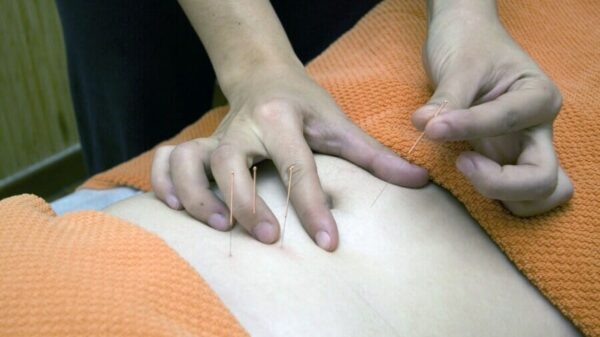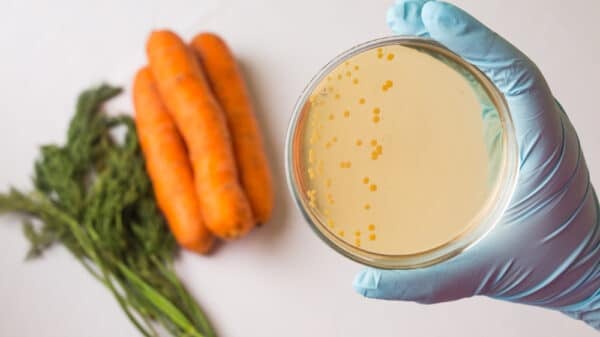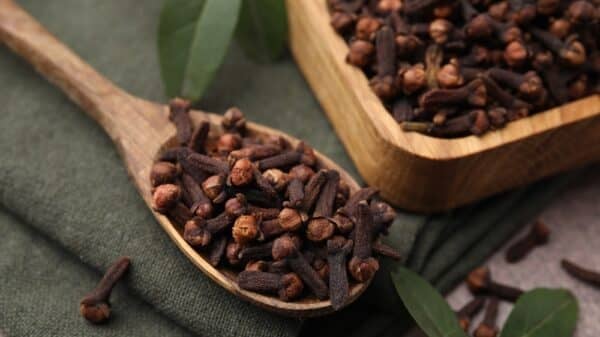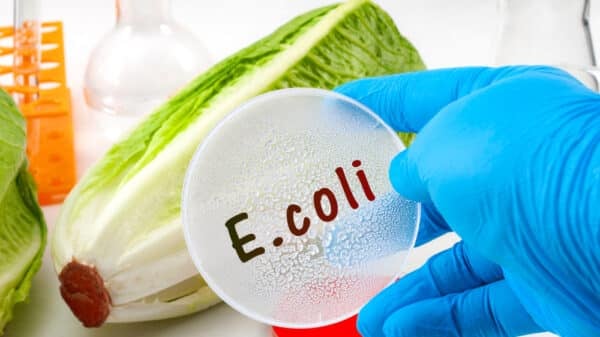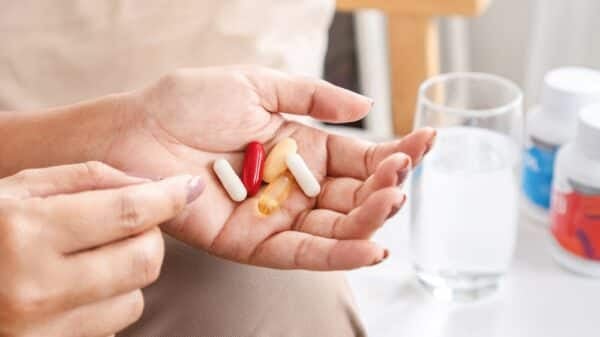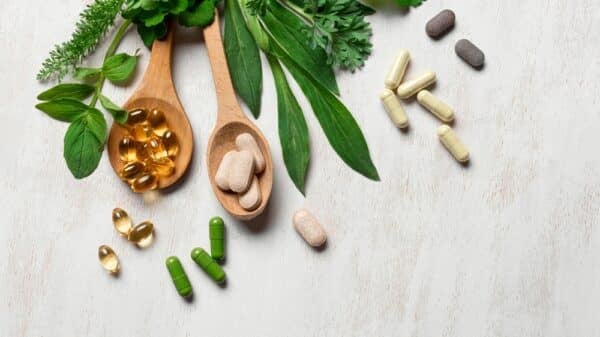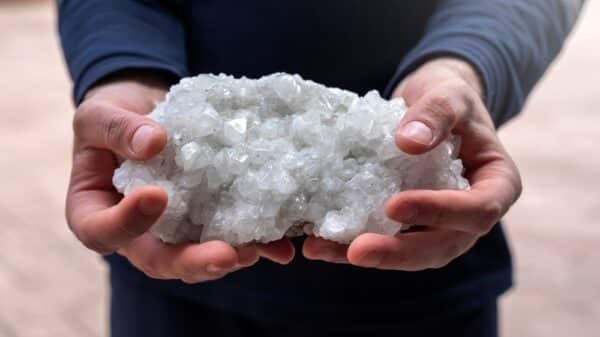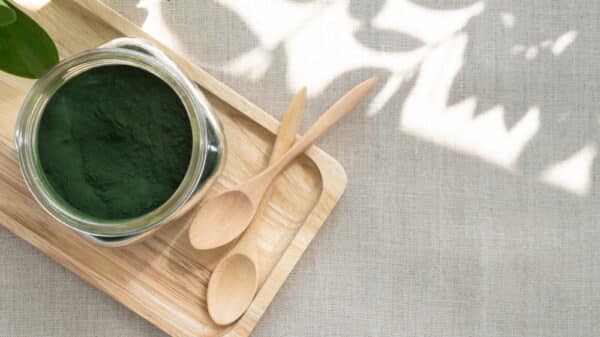The gut microbiome often takes the spotlight in discussions around health, but it’s just as important to pay attention to the vaginal microbiome. If you’ve never delved into this intricate ecosystem, it’s high time to uncover its secrets—your health might just depend on it.
“The vaginal microbiome is essentially a collection of microbes that coexist harmoniously within your intimate environment,” explains Jacques Ravel, PhD, a respected microbiologist and immunologist at the University of Maryland-Baltimore. This microbiome consists of various microorganisms found both on the surface of the genital area and within the vaginal canal, primarily in the vagina and cervix.
You might already know that what you eat influences gut health, but are you aware that your diet can also impact your vaginal flora? Research is beginning to reveal just how significant nutrition is for maintaining pelvic health.
So, why is having a healthy vaginal microbiome so essential? An imbalance in beneficial and harmful microbes—known as dysbiosis—can occur anywhere in your body, including the vagina. When the delicate balance of bacteria is thrown off, you’re at greater risk of experiencing nagging issues like bacterial vaginosis (BV), which can bring about discomfort and an unpleasant fishy odor.
Beyond just being annoying, disruptions in the vaginal microbiome can lead to more serious health concerns, including pelvic pain, urinary tract infections (UTIs), sexually transmitted infections (STIs), preterm deliveries, and even fertility problems. It’s alarming how a shift in this micro-ecosystem can ripple through your overall health.
Several factors influence the makeup of your vaginal microbiome. Everything from medications and age to your sexual practices can change the microbial landscape within your body. Periods of hormonal changes, such as during pregnancy or menopause, can particularly shake things up. High or low hormone levels can shift the vagina’s pH balance—an important aspect to consider as pH levels essentially dictate how acidic or basic an area is.
Interestingly, in contrast to gut health, which thrives on microbial diversity, a healthy vagina is typically home to a limited number of dominant species, particularly certain types of Lactobacilli, like *L. crispatus*. These bacteria are crucial as they produce lactic acid, maintaining the vaginal acidity and thwarting the growth of harmful microbes. When *Lactobacilli* levels dip, the balance is disrupted, making infections more likely. This connection could help explain why those with higher levels of *L. crispatus* experience lower rates of infections like BV and even HIV.
It’s critical to understand that factors—including age and hormonal fluctuations—don’t act in isolation; they can also be influenced by race and ethnicity. Research has shown that individuals of African descent are generally less likely to have a Vaginal microbiome enriched with *Lactobacillus*, highlighting the complex interplay between biology and demographics.
Now, what should you be eating to promote a healthy vaginal microbiome? Unfortunately, scientific research has often overlooked individuals with vaginas, which means that the studies highlighting nutrition’s role in vaginal health are still emerging. However, there’s mounting evidence suggesting that a well-rounded diet is crucial for this aspect of your health.
Dr. Ravel puts it succinctly: “Just as there is a gut-brain axis, there exists a gut-vagina axis.” While the exact transfer of gut bacteria to the vagina is unlikely, the nutrients essential for gut health generally support vaginal wellness as well.
Fiber, in particular, is a hero nutrient that consistently shows up in health conversations. A higher fiber intake supports greater microbial diversity in your gut, which in turn seems to correlate with fewer imbalances in your vaginal environment. Initial studies even hint that oral probiotics might help women grappling with BV, suggesting that a robust gut microbiome could bolster overall health, including vaginal balance.
Let’s not forget the importance of nutrients! A range of vitamins and minerals will serve as your vaginal microbiome’s best allies. Evidence suggests that not getting enough micronutrients—like vitamins A, C, E, D, folate, and calcium—can raise the risk of BV.
To keep your vaginal microbiome thriving, aim to “eat the rainbow.” Load your plate with vibrant fruits and vegetables, along with a variety of protein sources. This not only provides you with essential fiber, but also those all-important vitamins and minerals necessary for maintaining optimal microbiome health.
By understanding the intricate relationship between diet and vaginal microbiome health, you’re taking a proactive step in your journey to health. Because in the end, every part of you deserves the best care, and that includes those often-overlooked microbes.










